Home » News » Mountain Running during the Winter Months
Winter Running
Daylight hours are less, its cold, it might be raining hard, hopefully there will be snow on the ground high up. How do you feel about entering the mountains in winter?
Are you prepared?
Winter is a special time, it changes the countryside and mountains in the colder months to a magical wonderland, transforming the landscape to become a new and exciting world, but it can be dangerous, in fact very dangerous.
Do you possess the skills?
The thing with winter is an accident can be extremely serious, especially due to the shorter daylight hours and the time of day you choose to run. What can seem like a normal run can very quickly turn into a nightmare, especially if minor errors are allowed to add up meaning when an accident happens, the minor errors add up to become a compound error and this can be a very serious problem.
Equipment, what should you take?
I advise more than you think. It all good and well being the fell runner in next to nothing and don't get me wrong, I go around my local runs in bare minimums on the right days, but given the wrong conditions or the wrong time of day and everything can change so quickly, you really wouldn't believe it. Obviously a shorter run in lower level area's requires less clothing and equipment, so you must take what you deem necessary, or not. But if you're heading to the higher fells, then the list below will help you grab the right essentials. The longer you are out, the more kit you will need.
Below is a list for being out all day, on the summits.

Don't leave your car without:
You will need to take a 15 to 20L pack for all this, depending on your kit selection and what you actually possess, how light and packable it all is. Obviously you want to run, so you need to balance that against what you carry, how you pack it and what you pack it in. I find a 20L pack is better for winter, as if you need to get in your pack and get things then the larger volume allows you to find things in your pack without needing to take other items out)
Consider taking these extra's:

Weather Conditions and Route Choices:
Remember, in the UK we have very mixed weather conditions. High pressures can dominate, but seem to do so less in recent years. If we have mixed and complex weather systems coming in from the south-west to north-west, then expect that the weather can change and might not be as predicted and always remember the weather forecast is just that, its a 'Forecast' or 'Prediction', its not a 100% given pattern. High pressures deliver much more settled and constant weather which can be expected to be cold and dry with much frozen terrain, but the UK sits on the eastern edge of the Atlantic and we are governed by a maritime climate, it can change and does change, rapidly sometimes.
Always consider heading out in a pair as a minimum, its obviously much safer and if one has an accident, the other can help deal with it. If you can head out in a group, all the better. Remember in a group to take more than a 2 man bothy shelter!
Never be afraid to change your route plan once you arrive at your destination. Plan an A,B and C route before you head out and remember plan D is visiting the pub, if the weather is too much. Just because you have decided to run up and over Skiddaw, Great Calva and then back to Keswick via the Cumbria Way, doesn't mean to say once you see the weather, snow conditions or just feel actually today you're more tired than you realised, that you can't change your plan! Play safe, change your route before you set off, stay lower if it makes you feel happier. Change your start point, head over Walla Crag for example. Better to have a great run, get back in time and not to become a statistic with the Mountain Rescue. Plan sensible and stay within your abilities, play safe, have fun.
Make sure you bring all the maps you need, so you can change plans once you have arrived. If your staying in a guest house, let the owners know your desired route and what time you think you will be back. Don't make your times un-realistic. Remember moving in snow takes you between 10 to 25% longer, depending on the snow and weather conditions. It could even be double the time you take in the summer.
Checkout what others have been up to, we update regular YouTube films when the Fells are white for runners, climbers and skiers, follow our page to keep up to date throughout the winter months. Join and checkout 'Ground Conditions' Facebook page for updates all over the country. Make sure you check the Lakes WeatherLine for daily Helvellyn Conditions updated by the Lake District National Park fell top assessors between December the 1st to March 31st. Read blogs, get clued up.
The Lakes and Wales are a lot tamer than Scotland, Wales being less tame than the Lake District. Drop in to the wrong valley in the Lakes and you can pretty much say there will be a habited farm house or building somewhere in the local vicinity. Do this in Wales and its less likely to be the case, but still likely in many places. Drop into the wrong valley in Scotland and you can be kilometres and kilometres away from the nearest habitation and its become a whole lot more serious than you had bargained for. Scottish weather changes very quickly, especially in the Western Highlands. If you are going to Scotland, make sure you have the experience to take you where you want to go, meaning good to excellent navigation skills, good understanding of snow pack and avalanche awareness and a good understanding of weather conditions and how to read forecasts as it really is a different kettle of fish up there. I recently learnt that the Scottish Mountains cover roughly the same area as the Austrian Alps, thats a pretty big area when you think about it. Check the avalanche forecasts from Scottish Avalanche Information Service and get as clued up as possible. Stick to safe routes. Only push your boundaries as far as your experience allows. Plan shorter days, make sure you are back in daylight hours. Get local knowledge.
Think in all area's, meaning Wales, the Lakes and Scotland about employing a guide, if you do not possess the skills or you don't have or can't find a buddy for the day.
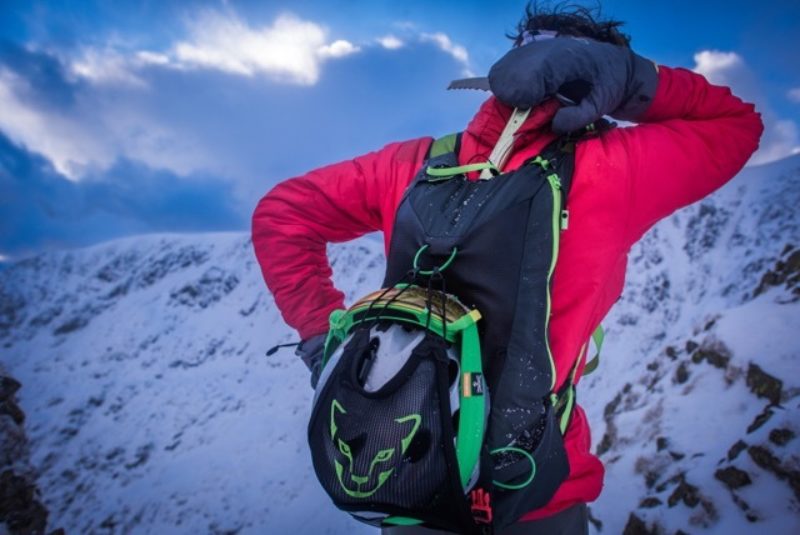
Winter weather and conditions adds a whole new level of skill needed to traverse the mountains safely. Winter weather and conditions can vary greatly as well.
To have a full set of skills, you will need to go out in a variety of conditions and days and of course every day you are out, you are learning more until the day you are not here to learn anymore.
There are no short cuts to winter skills and attending a day or week course will not make you winter safe, it will be part of your apprenticeship to a full set of winter skills. This is a continual process once you have started and each year you will need to go out and reacquaint yourself with the knowledge you have and blow away the cobwebs. Like riding a bike, you will not forget, but you might feel less confident and rusty and need to remind yourself of what to do and how to do it.
Winter can be lots of ice, little snow. It can be buckets of snow and no ice. Snow can fall on frozen ground and adhere to it quite well, it can fall on wet ground and slide very easily when too much is deposited in one place, it can be wind blown, build up in unstable slabs and layers, thaw and set like concrete in avalanches. It can hide sheet ice on paths, blow in the wind to create zero visibility and create a magical wonderland.
Winter days can be severe and arduous and they can be cloud free, alpine and amazing. Snow can be completely solid on one slope and around on the next aspect it can be loaded with windslab and be extremely unstable. It can change from one day to the next and even hour by hour.
The best thing to understand about winter is that it is much more serious than any other season throughout the rest of the year, with the weather being serious. Accidents can be fatal and good mountain knowledge combined with the ability to understand the weather forecasts and systems, plus excellent navigation skills and the knowledge of how to use what piece or pieces of winter equipment for which day is paramount.

Avalanches: The don't happen in the UK..... don't bet your life on it!
The Winter of 2016 has already been a great reminder already that avalanches do happen in the UK and not just in Scotland alone. Avalanches happen in the Lakes as well as Wales and other regions. This year we have had a large dump of snow at the start to middle of November, this was followed quickly by a 'Spring' like high-pressure, giving low valley temps, higher summit temps and warm sunshine on all easterly facing slopes. What ensued looked like Spring like avalanches all over the Lakes, but not just on easterly slopes. Avalanches were happening due to loaded slopes from wind deposited snow, warm temps from inversions, direct sunshine and wet ground that the snow fell on. Some were pretty big. Up the Glenridding Valley there were quite a few, but all on slopes which didn't cause issues as they are not walked/run on, Greenside (opposite Raise Ski Tow) had up to 6 medium slides, again on slopes that aren't crossed regularly, but there were footsteps across the area's where slides had happened on following days!! Be aware, just because an avalanche has happened in a certain area, doesn't mean to say another one won't happen. In fact, in the case of Greenside this November, the avalanche debris showed that this slope was MORE likely to avalanche again due to the sun during the day heating up the snow, the wind deposited slabs of snow and the wet ground underneath. If you see avalanche debris, make sure you avoid that area, it is a warning sign. Think about the rest of your route and this aspect, adjust your planned route if necessary.
2021 Update:
29th November: Avalanche on the side of Pen y Gent in the Yorkskire Dales - 150m across and full depth.
Above Keswick there was a large avalanche in Applethwaite Gill (copyright Rob Grange) with plenty of debris in the gully below, that only hours before had a call out for the Keswick Mountain Rescue Team.
Don't be complacent in thinking that avalanches don't happen in the Lakes and other UK area's, because they do and more frequently than you would imagine!
Get the skills, get the knowledge:
At Mountain Run we take winter running very seriously. I happen to be extremely lucky and live right at the head of the Glenridding Valley, giving perfect access to the best area for snow in the Lakes. We have the most consistent snow falls, it lie’s lower here than in other valleys and we get it staying for the longest throughout the season.
Because of my proximity to the snow, the fact I love winter and snow, I spend many hours running, skiing and climbing around the Helvellyn Edges and area during the winter months.
We are also running regular Winter Skills for Runners courses during January, February and March 2017. These cover the basics of what equipment to take, how to use that equipment, an understanding of snow pack, how to plan your day and more.
2021 Update: It is unlikely we will have group sessions for Winter 2022, but if you would like 1:1 coaching on winter skills for running, then please send an email to enquiries@mountainrun.co.uk. We can deliver bespoke group sessions, so get a group of mates together to spread the costs.
Helvellyn sees more accidents than any other mountain in England, especially during the winter months from people who under estimate the conditions from valley to mountain summit. Don’t become a statistic, come and learn with us and play safe.
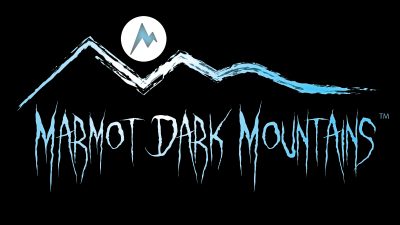
The Marmot Dark Mountains is THE ultimate navigational challenge as far as races go. This year I competed in the race, rather than planning it... read on for lesson's I learnt the hard way!
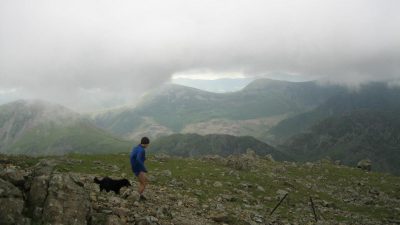
A considered response to the social media comments with regards to guided BGR's
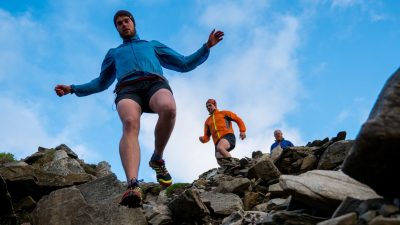
Don’t let your big mountain dreams turn into a Mountain Rescue nightmare: if your sights are set on higher summits, bigger adventures or tougher mountain races this year, then this practical one-day course is the place to start.
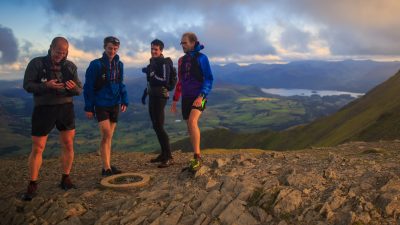
Learn to navigate, and the mountains of the world will be your playground. Our one-day navigation course is designed specifically for runners, by runners, covering all the essentials of sound navigation on the move.